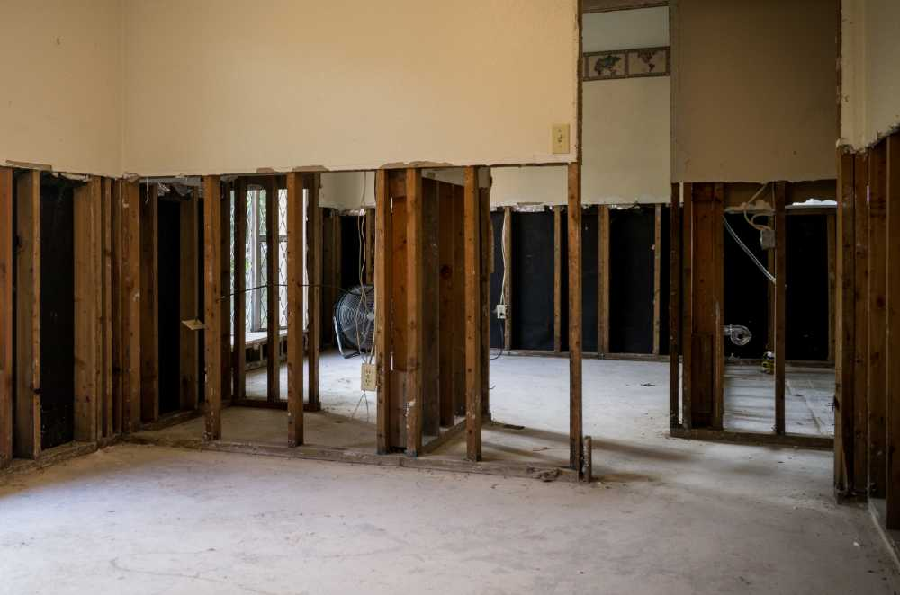Homes built after the ‘60s typically use drywall for their walls and ceilings. It’s a construction material that’s cost-effective, quick and easy to install. But what if your home gets flooded? Can a Madison water damage restoration pro still save your drywall? This article is dedicated to shedding light on this subject matter.
The Anatomy of a Drywall
Though it was first invented in the late 1910s, it took a couple of decades before the drywall became a really popular material used in various construction projects. Made primarily of a mineral called gypsum, one of the main advantages of drywall over its main rival — the plaster — is that it’s installed without using water. This is what makes them easier to install.
However, it’s worthy to know that the gypsum itself actually contains a substantial amount of water. But because it is in crystalline form, the end product is still dry. And, thanks to this component, drywall are also fire-resistant.
Because of the growing green movement, manufacturers has been introducing environment-friendly drywall over the past years. In today’s market, consumers can avail of drywall-like sheets that are made of sustainable products like paper, straw, and grass.
Restoring Drywall Following a Flood
If you ask an expert in Madison water damage restoration if drywall can still be saved after flood damage, the short answer is: It depends on the level of moisture and water the drywall has absorbed. Take a look at these categorizations to get a better grasp:
Slightly damped drywall. A small amount of moisture typically leave a little impact on drywall, granted that it’s dried as soon as possible. You can do so by using towels, or placing a fan nearby. If the dampening is caused by leak, and not flood, it’s best to address the cause of the leak itself to prevent further damage.
Heavily damped drywall. As stated, drywall is mainly composed of gypsum — which is a material capable of holding large amounts of water. When you drywall becomes subjected to heavy flooding, there’s a high chance that it can absorb high levels of moisture and water. In turn, they’d get soggy and may be deemed unsalvageable.
Drenched greenwall. There are drywall with an additional water-resistant outer layer. In general, they have a green coloration. While they bear such a proactive layer, if they get exposed to major leaks and flooding, they won’t be able to hold up against water damage in the long run.
Once you suspect that your drywall has been heavily affected by flood water, waste no time and enlist the help of a Madison water damage restoration pro. Experts in this field have the knowledge to properly evaluate your situation. Additionally, they have the right set of tools to get rid of moisture off your wall and prevent mold growth and other related issues.
Take note that you have to immediately get their help. The faster they undertake wall-drying procedures, the more you can prevent the likelihood of structural damage, wall replacement or reconstruction.
If you need the help of the pros for Madison water damage restoration, contact ERS right away! We’re ready to help you 24/7 and we will be with you in as quick as 60 minutes, or even sooner!



